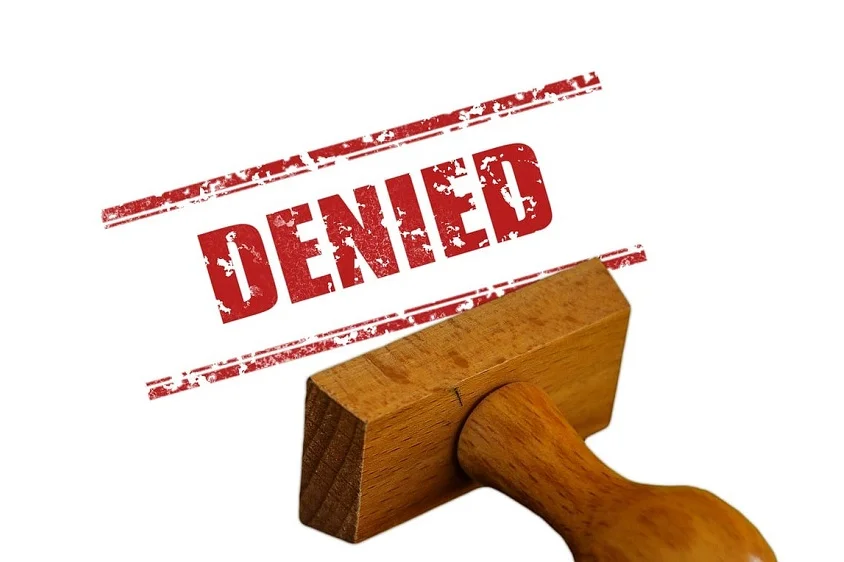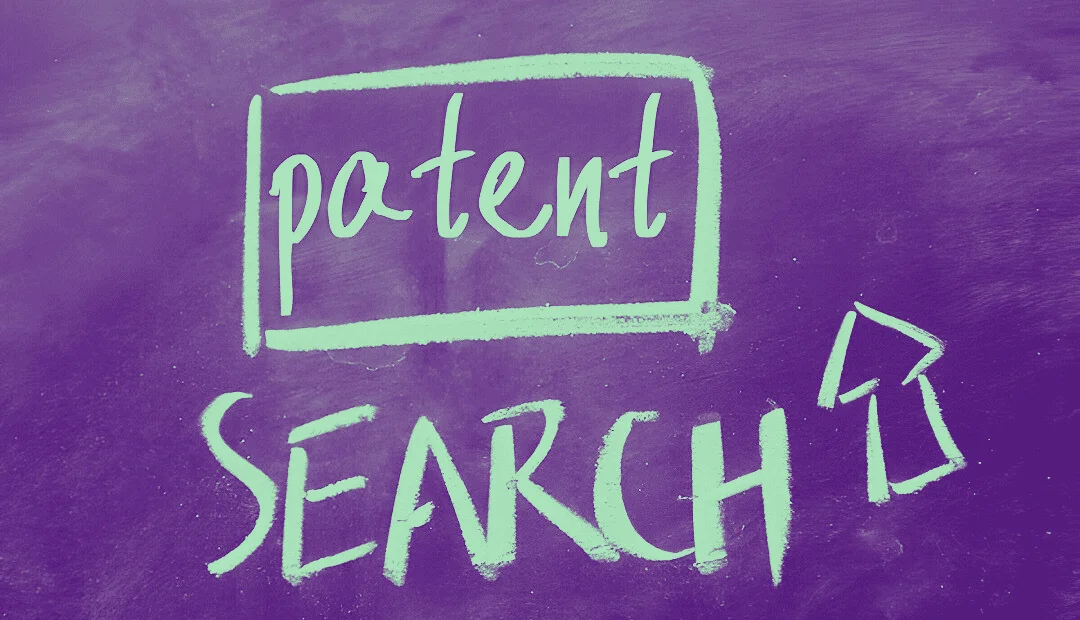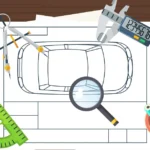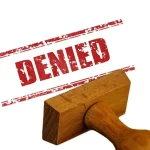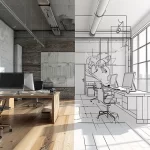Why DIY Patent Drawings Are a Recipe for Disaster—Trust the Experts Instead
- August 23, 2024
- By Sarita Thomas
- Read 4 minutes
Securing a patent is a crucial step in protecting your invention. However, many inventors make the mistake of assuming that patent drawings can be a do-it-yourself (DIY) task. This assumption often leads to significant setbacks. While the concept of creating your own patent drawings may seem cost-effective and straightforward, the reality is that the quality of these drawings can make or break your patent application. This is why relying on professional patent drawing companies is not just advisable, but necessary.
The Critical Role of Patent Drawings in Your Application
Patent drawings are not just a formality; they are an integral part of the patent application process. These drawings visually represent your invention and are used to clarify complex aspects that written descriptions alone cannot fully convey. The United States Patent and Trademark Office (USPTO) has stringent requirements for patent drawings. They must be clear, detailed, and adhere to specific standards to ensure that the invention is accurately represented and easily understood.
When inventors attempt to create these drawings on their own, they often lack the technical expertise required to meet these standards and often make mistakes in patent drawings. As a result, the drawings may fail to clearly depict the invention, leading to rejections or delays in the patent application process. This is where professional patent drawing companies can help.
Why DIY Drawings Often Fall Short
Creating patent drawings requires a deep understanding of both the technical aspects of the invention and the formal requirements set by the USPTO. Here are a few common pitfalls of DIY patent drawings:
Lack of Precision: DIY drawings often lack the precision needed to accurately depict the invention. Even small inaccuracies can lead to misunderstandings about the invention’s scope, potentially weakening the patent’s enforceability ultimately causing huge losses due to inappropriate coverage of the patented invention. Inventors might think they have secured the invention, however, the fact is that inappropriate drawings cause unnecessary limitations and inappropriate protection.
Non-Compliance with Standards: The USPTO has specific guidelines for patent drawings, including line thickness, shading, and placement of reference numbers. Non-compliance with these standards can result in the rejection of the patent application or unnecessary office actions. The least that happens is you would receive at least one extra office action, and just responding to that along with attorney and office fee, you would end up spending at least $1500 for this response. The worst that can happen is your patent can be entirely rejected due to the novelty or non-obviousness requirements if the drawings overlapped prior art in some ways either explicitly or through implicit interpretations.
Inadequate Detailing: Many inventors fail to include sufficient detail in their drawings. This can lead to vague or incomplete representations, which may cause the patent examiner to question the invention’s novelty or utility. This might cause rejection of the application or additional office action management expenses.
Time-Consuming: Patent drawing creation is a sophisticated process that requires significant time and effort. It requires complex CAD tools mastery. For inventors already focused on refining their inventions and navigating the patent application process, this added burden can lead to rushed or subpar work.
The Value of Professional Patent Drawing Companies
Professional patent drawing companies specialize in creating detailed, accurate, and compliant patent drawings. These experts understand the nuances of patent law and the specific requirements of the USPTO, ensuring that your drawings meet all necessary standards. Here’s why you should consider their services:
Expertise: Professional patent illustrators have extensive experience and training in both technical drawing and patent law. They know how to represent your invention in a way that is both accurate and compliant with legal standards.
Efficiency: By outsourcing your patent drawings to professionals like ‘Professional Patent Drawings’, you can save valuable time. These companies can produce high-quality drawings quickly, allowing you to focus on other aspects of your patent application.
Compliance and Accuracy: Professional illustrators ensure that every aspect of the drawing complies with USPTO standards. This minimizes the risk of rejection due to technical errors and increases the likelihood of a successful patent application grant.
Cost-Effectiveness: While it may seem more expensive upfront to hire a professional, the potential costs of a rejected or delayed patent application far outweigh the initial investment. A well-prepared patent drawing can also improve the strength of your patent, providing better protection and potential licensing opportunities, eventually giving you higher RoI ) return on investments).
Takeaways
Cutting corners on patent drawings can lead to disastrous results. DIY drawings often fail to meet the stringent requirements of the USPTO, resulting in delays, rejections, or weakened patents. By contrast, professional patent drawing companies offer the expertise, precision, and compliance necessary to ensure that your patent application stands the best chance of success.
If you’re serious about protecting your invention, trusting your patent drawings to the experts is a wise decision. With the right professional support, you can ensure that your US patent drawings are of the highest quality, giving your application the best possible chance of approval. So, before you pick up that pencil, consider the true value of expert help in securing your intellectual property. Contact us if you want to discuss more about preparing drawings for your inventions.

